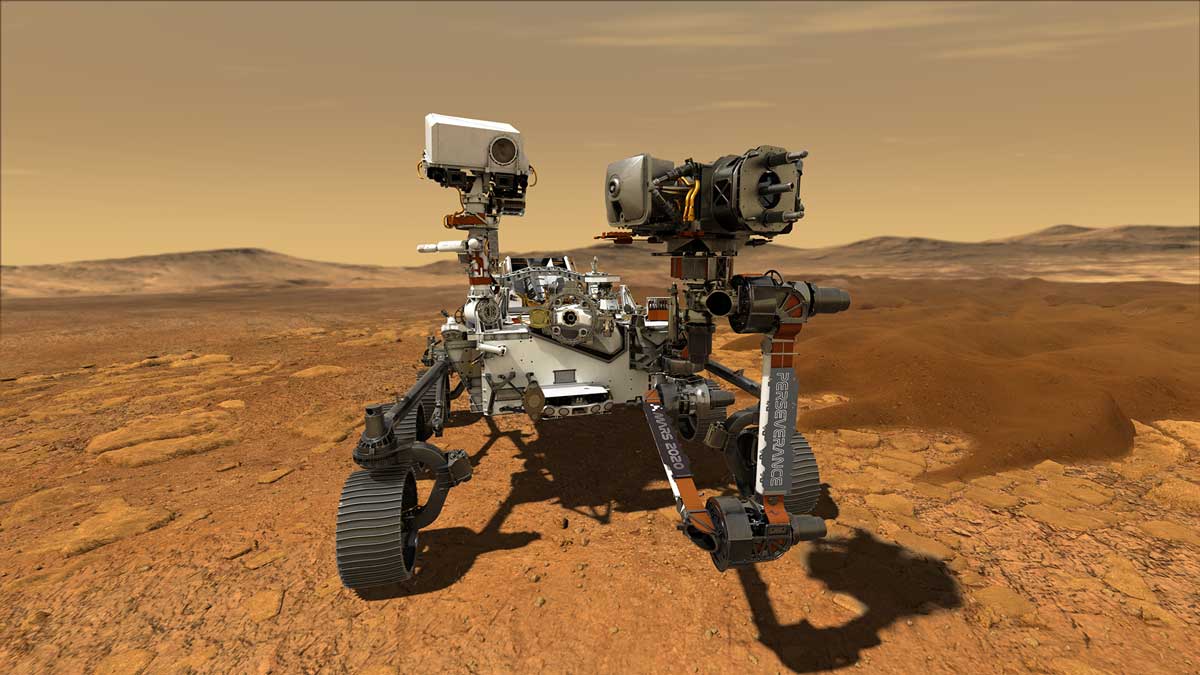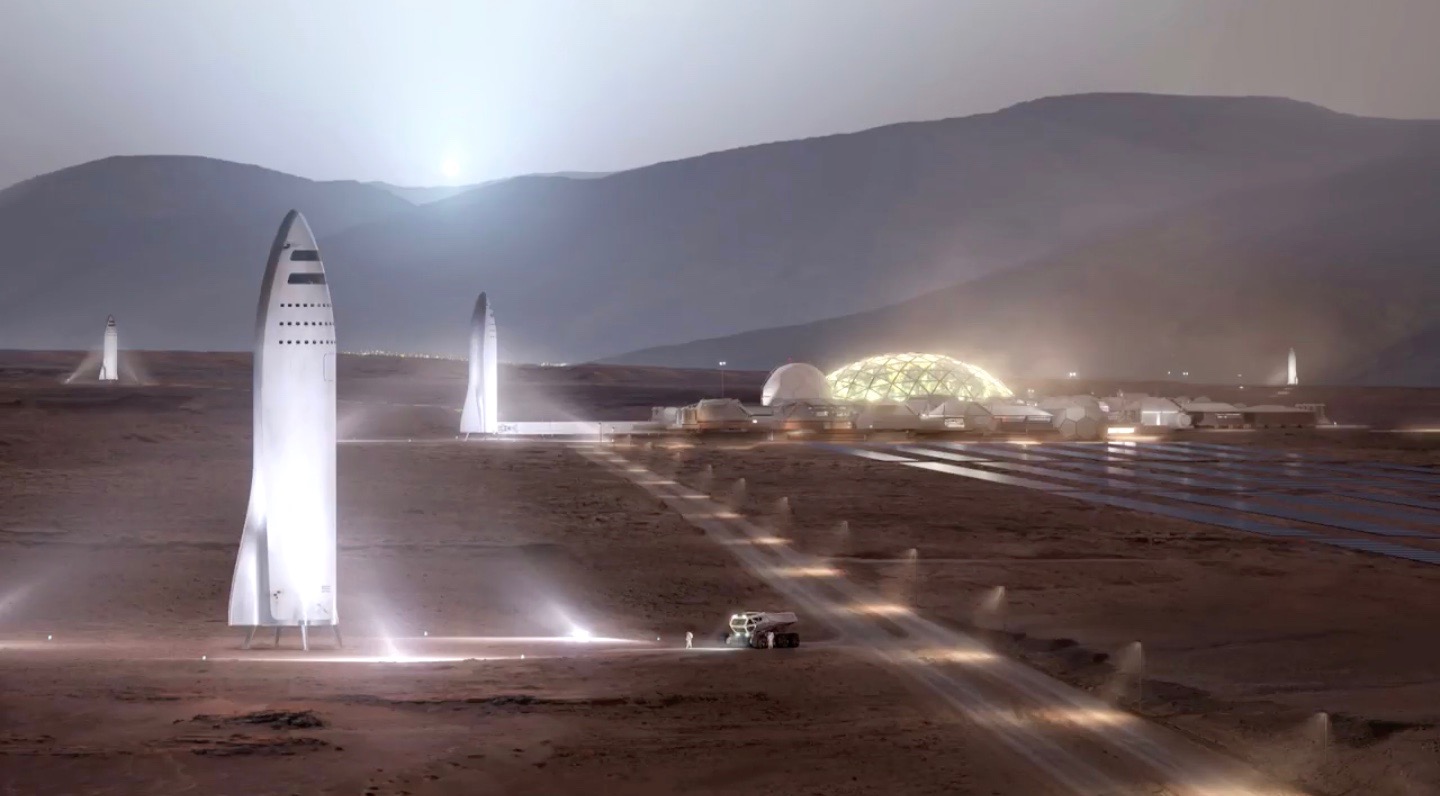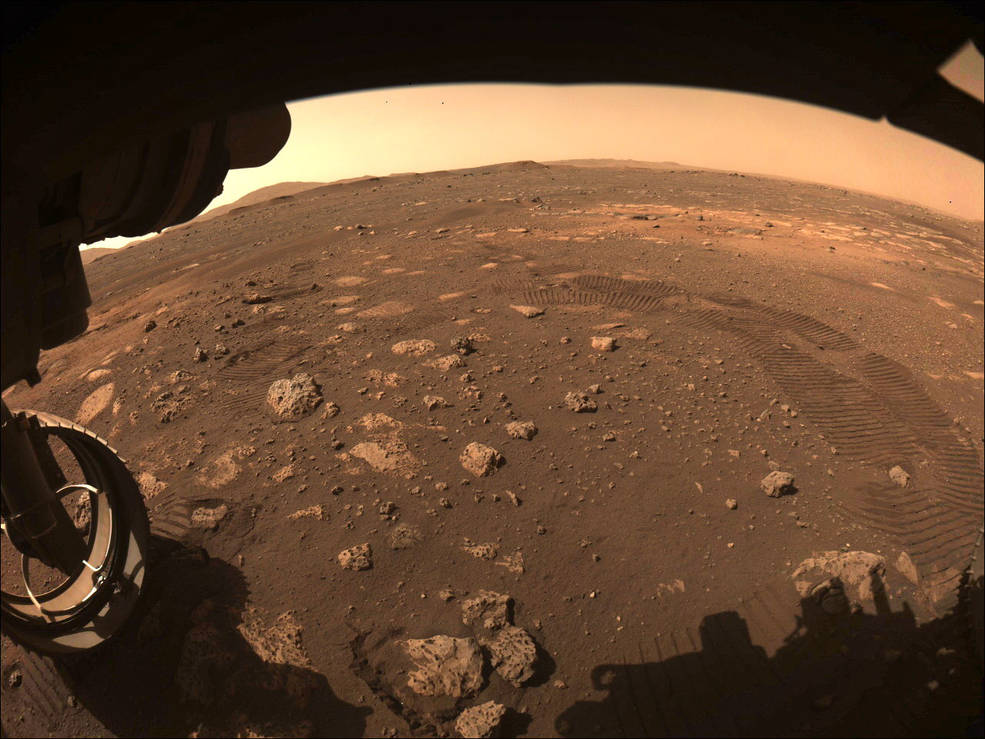
Why Is Mars So Appealing To SpaceX & NASA?
As soon as you leave Earth’s atmosphere you are met with practically unlimited challenges. Even orbiting the Earth is an extremely complicated process that is by no means safe. Big agencies and companies including NASA and SpaceX have their sights set on Mars. With so many different Moons and planets, this can bring up the question of why is Mars so appealing.
There is a long list of reasons why Mars is the next best option, but a few are most important. These three main reasons include the distance from Earth, natural resources on the surface, and similarities to Earth. Each reason has helped encourage companies and agencies to work towards putting the first humans on the surface and colonizing the red planet within the near future.
While Mars turns out to be a good option, the planet is by no means convenient. The journey along with every day spent on the planet will be part of a very dangerous mission. However, the benefits are practically unlimited. Mars is set to be the first planet other than Earth that humans will step on and there are a few reasons why.
Why Go To A Different Planet In The First Place?

With so many problems here on Earth, a lot of people question the worth and importance of putting so much time and effort into a mission to Mars. In reality, there is a long list of benefits from working towards and traveling to the red planet. The first is the impact on everyday items we use. While not the main goal, in the process of developing and testing new technology, it often creates products we end up using every day. This has been the pattern of space technology innovation throughout history. It’s likely a trip to Mars would do the same especially considering the complexity and challenges presented.
Another is the inspiration provided. Both NASA and SpaceX mention how important inspiration is when going to a distant planet such as Mars. A future where we live and explore Mars is exciting and inspiring. It encourages many to look forward and imagine what is possible in the future. It also has an important impact on kids, some of which will end up becoming the next generation’s astronauts and explores. There is even a large positive economic impact. The trip to Mars will require massive cooperation between many different agencies and companies. It will also require an immense amount of jobs here on Earth and on the red planet. The unique environment and opportunities will facilitate a Martian economy to grow over time.
Benneficial Mars Features
Natural Resources – The first feature of Mars that makes it appealing to SpaceX and NASA is the natural resources present on the surface. Some of these important resources on the surface include the carbon dioxide-rich atmosphere along with the water ice on the surface. SpaceX specifically wants to use these resources to create propellants on the surface of Mars. This will be necessary for the return trip back home to Earth. A large propellant production site is possible using water ice and carbon dioxide for electrolysis and Sabatier. This could end up providing reliable and consistent liquid methane and oxygen to refill and launch Starships back to Earth. Looking at NASA the agency is also very interested in the natural resources on the surface. The agency would work to find and test each aspect of the planet’s resources. They would conduct science and try to work out future possibilities for creating water, growing crops, etc. While Mars is practically a radioactive wasteland in many ways, the planet also presents some unique opportunities through the few natural resources it possesses.
Distance From Earth – The next aspect of Mars that makes it appealing to big agencies and companies such as NASA and SpaceX is the planet’s distance from Earth. While Mars is by no means close, it is one of the closest planets in our solar system. In fact, depending on the orbit, there are certain times where Mars is the closest planet to Earth. Mars is around 200 million miles away. This number is constantly changing but stays at quite a far distance. This close proximity when compared to other planets provides many different benefits and appealing aspects to NASA and SpaceX.
The first factor is the travel time. The red planet’s distance from Earth cuts down on the travel time significantly. It takes about 6 months to get to Mars after launching from Earth. We still have a very long way to go in terms of developing technology and getting places faster. Specifically, it would take tens of thousands of years just to arrive at the closest solar system. Another important aspect regarding distance is communication. Communication is necessary for practically any operation on a different planet. Astronauts on the surface will need to contact people on Earth consistently. The time it takes a radio signal to travel from Mars to Earth is between 5 and 20 minutes. This time delay creates a lot of complications already but when traveling even further it would become even more difficult.
Earth Similarities – The final benefit of Mars that makes it so appealing is its similarities to Earth. The first similarity is the length of the day. A day on Mars is only 37 minutes longer than here on Earth. This means it’s practically the same thing. While this sounds irrelevant, in reality, this can play an important role on the mental side of astronauts and humans on the surface. Another similarity between Mars and Earth is gravity. On the surface of Mars, the gravity is about 0.375 of that on Earth. In other words, gravity on Earth is around 2.66 times stronger than on Mars. While this is not the same, it could be a lot worse. Gravity plays a major role in everything we do. This includes working, exercising, human health, and much more. If you start trying to work and live in environments where there is practically no to very little gravity, you end up with a lot of problems. For comparison, the gravity on the Moon is about 1/6th as powerful as on Earth. Agencies and companies including NASA and SpaceX are more confident in creating a human civilization on the surface thanks to benefits like these.
When Will Humans Step Foot On Mars?

The first humans to step foot on Mars is likely to happen sooner than you think. SpaceX has very ambitious goals and is working towards putting humans on the surface by 2026. With Starship development continuing at an extremely fast pace, this goal is quite possible. NASA has a more conservative estimate aiming for the 2030s. The agency is first working on sending humans back to the Moon to set up a more permanent human presence. The plan is to learn more about living on a different celestial body before going all the way to Mars. Either way, it is likely we see humans step foot on Mars before 2030.
Conclusion
Going to Mars is not easy at all. Putting humans on Mars presents an even longer list of complications and issues. While the planet is not easy, it is practically the best option. Mars is so appealing to SpaceX and NASA because of its distance from Earth, natural resources, and similarities to Earth. Each reason has helped convince big agencies and companies such as NASA and SpaceX to set their sights on the red planet. A lot of work still needs to be done before we see a first human launch to Mars. We will have to wait and see when the first humans step foot on Mars and how we end up developing and impacting the planet.
